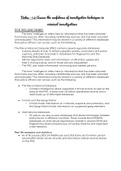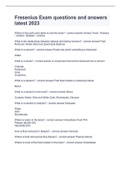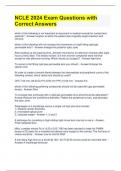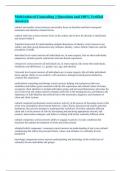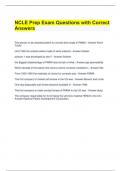Prüfung
Criminology Unit 3 1.2 Notes and Model Answer
- Kurs
- Hochschule
This is a document including full extensive notes and a full mark model answer onto Criminology Unit 3 (Crime scene to courtroom) 1.2. This can be used as inspiration for your brief for the controlled assessment, or taken into the controlled assessment for guidance. WARNING: you may be disqualified...
[ Mehr anzeigen ]
